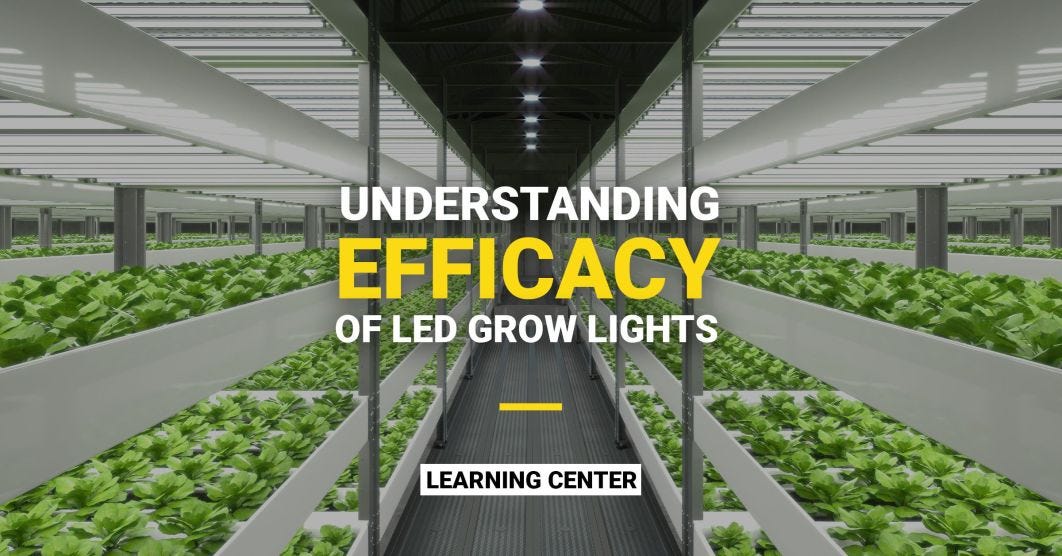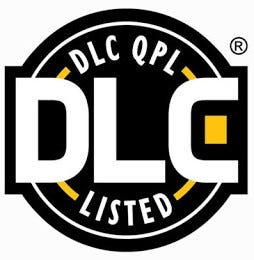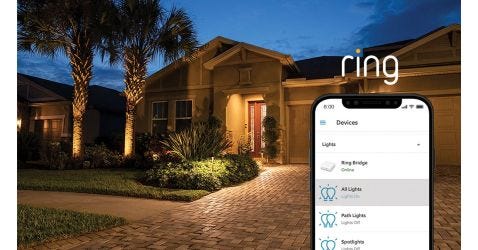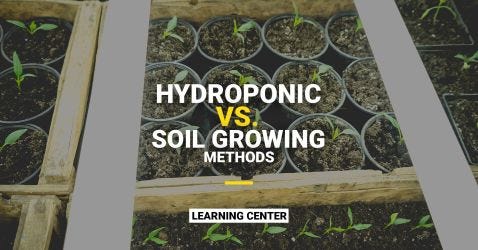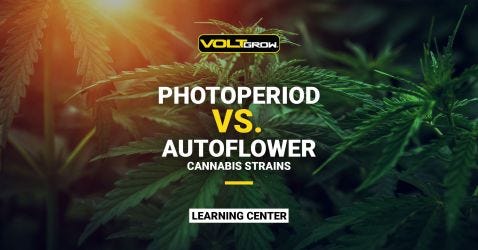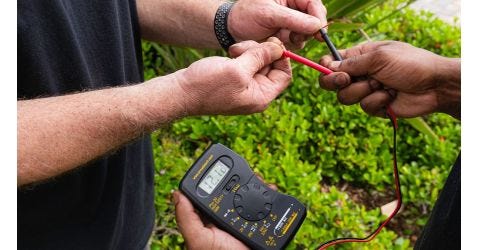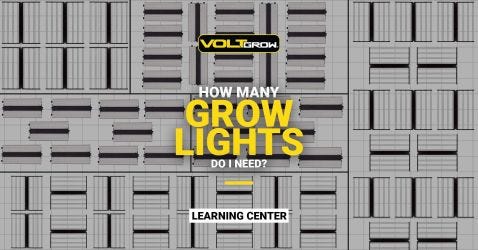
Just as they sound, efficiency and efficacy are very much related terms. In LED grow lighting, “efficiency” is a measure of how much power light can output per input power it receives (measured in Watts). Efficacy, on the other hand, measures how many photons a light emits per input watt. Plant growth is determined by the number of photons in the light received, not by how powerful the light is. Because of this, efficacy is the more relevant measurement in the indoor horticulture grow light industry. Knowing the efficacy is important when you buy LED grow lights as it is the best way to compare the energy efficiency of grow lights.
How Efficacy is Measured
Efficacy defines a grow light’s ability to convert power (Watts) into photosynthetic active radiation (PAR) that can be used by crops. Essentially, how effectively a light converts electricity into the light is useful for photosynthesis. The efficacy of an LED grow light today is measured using photosynthetic photon efficacy (PPE). PPE describes how much light a grow light produces from its input power. The metric used to measure PPE is micromoles per second per Watt – which simplifies to µmol/J since a Watt is a Joule per second. Similar to miles per gallon (MPG) for an automobile, PPE is a general rating and may not be representative of actual results with equipment in the field.
PPE listed by a manufacturer for a grow light does not account for fixture arrangement, type of fixture, or the mounting height and distance from crops. While PPE is an important metric for determining how your to grow facility is/should be operating, it does not reflect how many fixtures a facility requires to reach a target PPFD.
DLC Listed Grow Lights
The DesignLights Consortium (DLC) is a non-profit organization dedicated to promoting the adoption of high-performance lighting products. They test horticulture lighting products and add them to their Qualified Products List (QPL) if they meet their guidelines for energy efficiency and build quality. One of the main advantages of purchasing a DLC-approved grow light is that most utility companies and local governments offer rebates for cultivators who purchase fixtures that are on the QPL. These rebates are applied for by cultivators prior to purchasing a DLC-approved grow light and can reduce the final cost of the lights you purchase anywhere from 20 percent to over 60 percent depending on your local guidelines. They offer these rebates in order to promote the use of energy-efficient horticulture lighting. This reduces cultivators’ environmental impact and the demand this power-hungry industry adds to their power grids.
Know Your Facts
Knowing the efficacy of LED grow lights is important as it is the best way to compare the energy efficiency of grow lights when deciding which one to purchase. Grow lights with a high efficacy will be able to produce more light while using less electricity, saving cultivators money on their energy bills.
Although efficacy is an extremely important characteristic when comparing indoor grow lights, other facts should also still be considered before purchasing a grow light. Some other factors to consider include: light output, spectrum, installation costs, operation and maintenance costs, fixture durability and warranties, utility rebates, and customer support structure.

